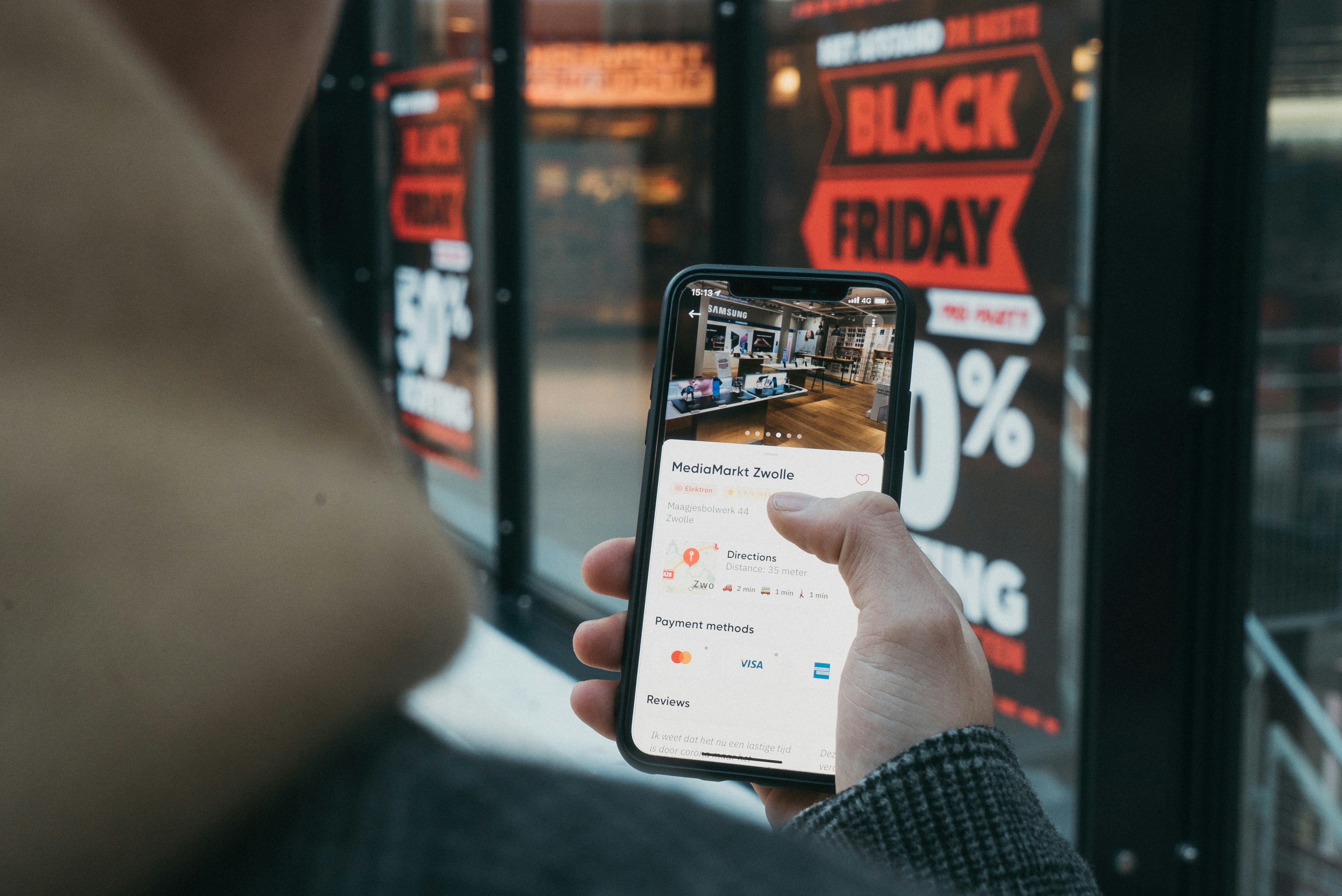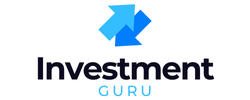If you are searching for the best zero based budgeting app for beginners, this detailed guide will walk you through the top tools, their features, costs, and setup processes so you can take full control of your finances.
Table of Contents
What Is Zero‑Based Budgeting?
Zero‑based budgeting is a method where every dollar of your income is assigned a specific purpose, whether it is expenses, savings, or debt repayment. Unlike traditional budgeting, which focuses only on tracking spending categories, zero‑based budgeting ensures your total budget equals zero at the end of every month. This technique helps you prioritize needs, eliminate waste, and stay intentional about money management.
According to Investopedia, zero‑based budgeting forces you to re‑evaluate expenses continuously instead of rolling them over automatically, making it ideal for people new to financial planning.
Why Use a Zero Based Budgeting App?
For beginners, manually managing allocations might feel overwhelming. This is where apps tailored for zero‑based budgeting come in. These apps help you automate calculations, categorize expenses in real time, and provide reports and alerts when you overspend. They also sync with your bank to make financial management seamless.
Top 5 Zero Based Budgeting Apps for Beginners
Here are the five best apps, reviewed in‑depth, with setup instructions, pricing detail, and in‑app features to help you make an informed choice.
1. You Need A Budget (YNAB)

YNAB is one of the most popular zero‑based budgeting apps worldwide. It follows the philosophy of giving every dollar a job, ensuring you account for every cent of income. YNAB’s focus is on teaching long‑lasting money habits, making it ideal for first‑time budgeters.
Setup Process
- Download the app from the App Store, Google Play, or sign up via their website.
- Connect your financial accounts securely.
- Input your income for the month.
- Create budget categories like rent, groceries, debt, and fun spending.
- Allocate every dollar toward these categories until your “To Be Budgeted” balance is zero.
Costs
YNAB offers a free 34‑day trial. Afterward, the subscription costs about $14.99/month or $98.99/year if paid annually. There are no extra in‑app purchase tiers—every feature is included in the subscription.
Best For
Beginners who want hands‑on tutorials, reporting tools, and reliable syncing.
2. EveryDollar

EveryDollar, created by Ramsey Solutions, is based directly on the zero‑based budgeting method. Its clean interface and step‑by‑step flow make it especially friendly for beginners.
Setup Process
- Sign up with your email or use the mobile app.
- Enter your monthly income manually.
- Add expenses in categories like rent, utilities, transportation, and giving.
- Keep allocating every dollar until the “left to budget” meter shows zero.
- Upgrade to the paid plan to connect bank accounts for automatic tracking.
Costs
EveryDollar offers a free version with manual entry. For automatic bank syncing and custom reports, EveryDollar Plus costs $79.99/year (or about $7/month).
Best For
Beginners who like simple, guided budgeting and don’t mind manual entry (with a free option available).
3. Goodbudget
Goodbudget uses the envelope system within a zero‑based framework. Instead of keeping track of your money retroactively, you assign your income to different “envelopes” for savings and expenses.
Setup Process
- Download the app (iOS or Android) or use the web version.
- Create a free account.
- Start by adding your income as cash to be distributed into envelopes.
- Assign funds to envelopes such as rent, car payment, emergency savings, and subscriptions.
- Track expenses by deducting from each envelope as you spend.
Costs
The free version allows 10 regular and 10 annual envelopes. The Plus plan, at $7/month or $60/year, provides unlimited envelopes and syncing across five devices.
Best For
Couples and households who want envelope‑style budgeting with a clear zero‑based framework.
4. PocketSmith

PocketSmith is slightly more advanced but still beginner‑friendly, offering budget forecasting and scenario planning. It applies zero‑based logic when assigning every dollar of projected income.
Setup Process
- Create a PocketSmith account and log in via browser or app.
- Connect bank feeds or manually import statements.
- Enter your income data and allocate it into expenses over weekly, bi‑weekly, or monthly periods.
- Review your dashboard forecasts and adjust allocations until the balance equals zero.
Costs
PocketSmith offers a free plan that allows manual imports. Paid versions range from $9.95/month to $19.95/month with bank syncing, unlimited budgets, and advanced forecasting.
Best For
Beginners serious about financial forecasting and wanting zero‑based control with a long‑term lens.
5. Simple Spreadsheet‑Based Apps (Tiller Money)
Tiller Money isn’t a traditional app but rather an add‑on for Google Sheets or Microsoft Excel. It automatically pulls in your transactions so you can apply a zero‑based budgeting template within spreadsheets.
Setup Process
- Sign up for Tiller Money on their website.
- Connect your banking accounts securely.
- Choose from their zero‑based budgeting template gallery.
- Allocate your income into categories until the sheet balances to zero.
- Customize spreadsheets and add charts for deeper analysis.
Costs
Tiller Money has a 30‑day free trial. Afterward, the subscription costs $79/year (about $6.58/month). All templates and integrations are included at this price.
Best For
Beginners who like spreadsheet flexibility but want automatic transaction feeds.
Comparison of Zero‑Based Budgeting Apps for Beginners
| App | Free Trial | Price After Trial | Best Feature |
|---|---|---|---|
| YNAB | 34 days | $14.99/month or $98.99/year | Comprehensive teaching & reporting |
| EveryDollar | Free version always available | $79.99/year for auto‑sync | User‑friendly allocations |
| Goodbudget | Free plan available | $7/month or $60/year | Envelope‑style for couples |
| PocketSmith | Free manual import | $9.95–$19.95/month | Forecasting tools |
| Tiller Money | 30 days | $79/year | Spreadsheet customization |
How to Choose the Right Zero‑Based Budgeting App for You
When deciding, think about these factors:
- Ease of Use: Beginners need intuitive interfaces. EveryDollar and Goodbudget excel here.
- Features Needed: Do you want coaching, spreadsheets, or forecasting?
- Price: Choose the subscription within your comfort zone.
- Mobile vs Desktop: If you prefer on‑the‑go budgeting, a mobile‑first app like EveryDollar suits you.
Whichever app you pick, the consistent act of allocating every dollar will put you ahead financially.
FAQs: Zero‑Based Budgeting Apps for Beginners
1. What does zero‑based budgeting mean for beginners?
It means assigning every dollar of your income a role so income minus expenses (including savings and debt) equals zero.
2. Which zero‑based budgeting apps are truly free?
Goodbudget and EveryDollar both offer free versions with manual entry. Tiller and YNAB have free trials only.
3. How much time does budgeting with these apps take?
Typically, just 10–15 minutes per week after initial setup, depending on how detailed your categories are.
4. Can I use these apps with my partner?
Yes, Goodbudget and YNAB allow syncing accounts across multiple devices for collaborative budgeting.
5. Do zero‑based budgeting apps work for irregular income?
Yes. You only budget funds you already have, so if you have irregular income, allocate each paycheck as it comes.
6. Are zero‑based budgeting apps safe?
Apps like YNAB, Tiller, and PocketSmith use bank‑level encryption. Always enable multi‑factor authentication for extra protection.
7. What is the cheapest zero‑based budgeting app?
Goodbudget and EveryDollar Free are the cheapest, requiring no paid plan for basic use.
8. Is YNAB worth the cost for beginners?
If you want robust support, reporting, and tutorials, many beginners find that YNAB’s subscription pays for itself in savings.
9. Can I switch apps once I start?
Yes, you can export data (like CSVs) and move to another app as your needs evolve.
10. Which app is best overall?
YNAB is best overall for beginners seeking a comprehensive system. EveryDollar is best if you want simplicity and a lower cost.
Conclusion: Take Control with the Right App
Zero‑based budgeting gives every dollar purpose, empowering you to take charge of your finances. Beginners often worry about feeling restricted, but these top five apps simplify the method and make it sustainable long term. Whether you want the power of YNAB, the simplicity of EveryDollar, or the flexibility of Tiller, the key is to get started today. Pick the zero‑based budgeting app that best matches your needs, set aside time each week, and give every dollar a job—your financial freedom starts here.
For more details on how to structure your finances and build consistency, visit trusted resources like the Consumer Financial Protection Bureau or SEC Investor Education.


